3D rendering is a computer graphics technique that turns 3D models into 2D pictures. You can see rendered art everywhere, from billboards on the street to online product advertising on your phone. With its enormous benefits, 3D rendering has become a crucial tool for many professionals, including architects, designers, marketers, etc. So what is 3D rendering in detail? This article will bring all things you need to know about 3D rendering.
What is 3D rendering?
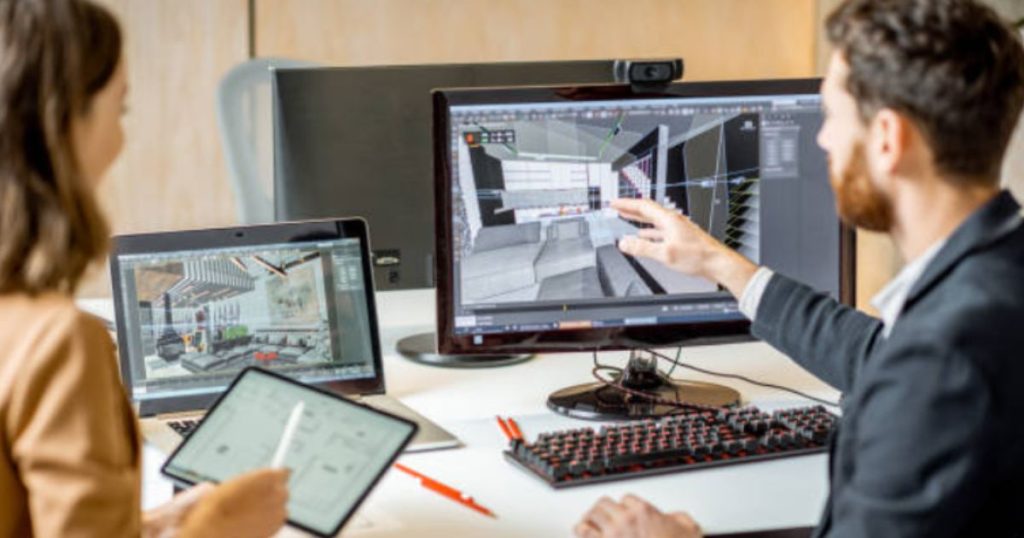
3D rendering is the process of turning a 3D scene produced by computer software into a 2D image or animation. For rendering 3D models into 2D images, specialized software examines all the data related to the 3D model (such as an object’s color, texture, and material). In light of this, you can define rendering as the final step in the 3D visualizing process.
2 types of 3D rendering
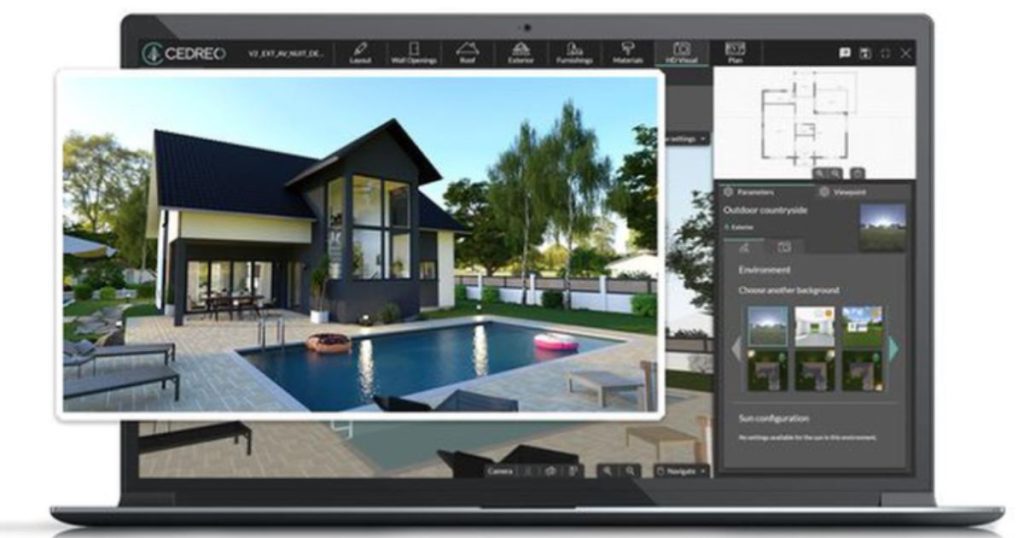
Based on the type of 3D rendered images, we can divide rendering into two types: realistic and non-realistic.
Realistic
Realistic rendering produces a realistic image. It can be a product design image, such as a piece of furniture, or an automotive depiction of a car. It also can be 3D render architecture interiors that resemble photographs.
Non-realistic
A non-realistic 3D rendering design could be a cartoonish representation of an object or the outline of a schematic with a more conventional 2D appearance.
6 benefits of 3D rendering
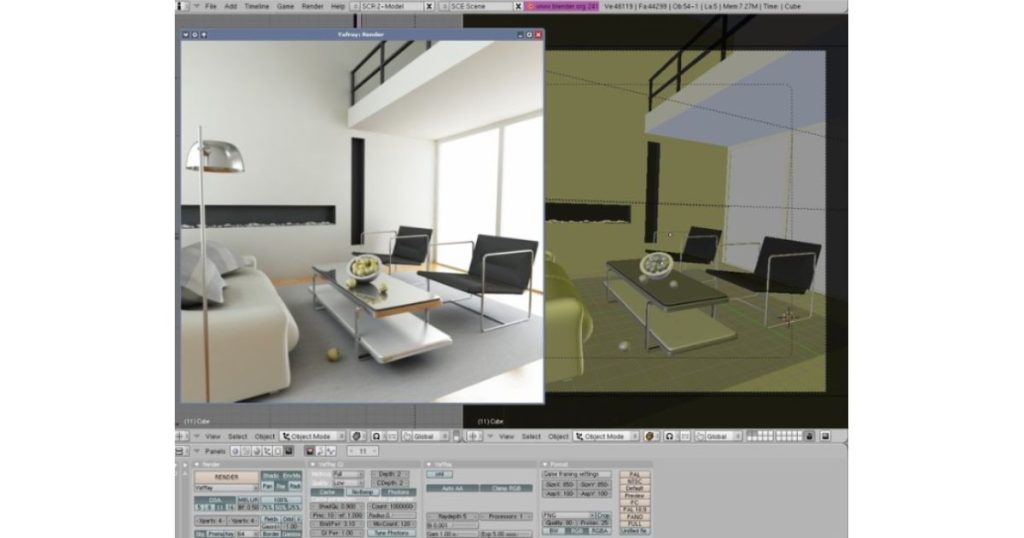
3D rendering can bring many benefits to various industries. We can list the 3 main benefits of 3D rendering as follow:
- Fast concept: 3D rendering model brings you a high level of detail and scale accuracy. It also provides a realistic perspective and scale for spaces, experiences, and products.
- Quality visual communication: Clear visual representations for customers can help you sell your idea and increase product sales by minimizing returns.
- Virtual reality experiences: The viewer can experience the rendering from every viewpoint as it would appear in real life. Besides, 3D rendering enables you to see an object from various locations and perspectives.
- Precise lighting: 3D render architecture can give you control over indoor and outdoor illumination. Then you can understand clearly how your project’s light will be in real life.
- Accurate measurements and specifications: This is one of the best uses of the 3D rendering model. When consumers know an object’s dimensions, they can informatively make purchases, design, or plan in virtual spaces.
- Cost saving: 3D rendering can help you reduce the time spent making decisions and the likelihood of costly mistakes.
How does 3D rendering work?
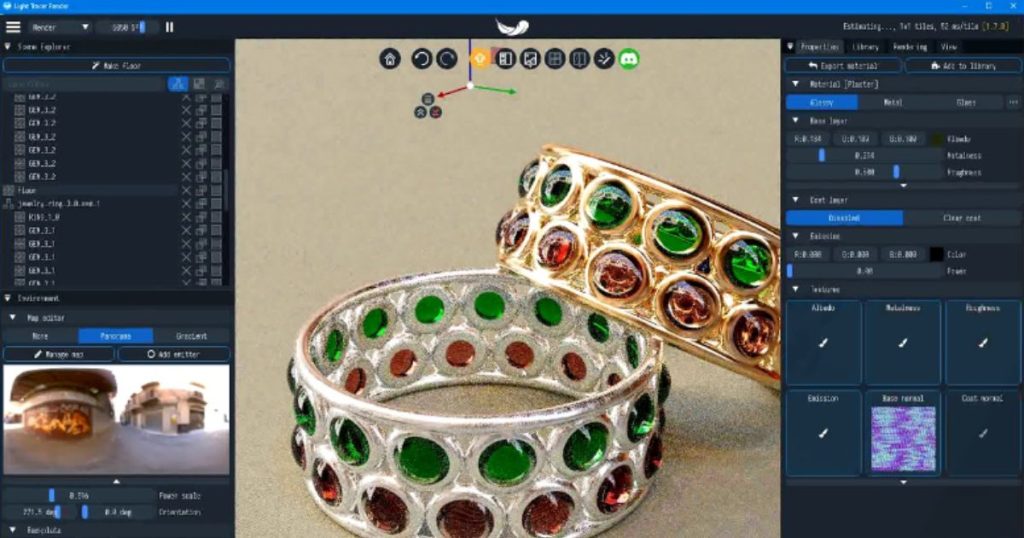
The 3D rendering process includes 3D modeling, lighting, texturing, rendering, and refining.
3D modeling
In this step, the artists use 3D software to create a digital model of the object and scene. You also use the software to generate light and texture for the 3D object.
- Lighting: Using 3D modeling software to produce lighting effects like light refraction or motion blur. This will reinforce the notion that the image exists in three dimensions. Lighting also enhances the appearance of three dimensions in photorealistic 2D images.
- Texturing: In this step, the software map the 3D scene or 3D object’s surface textures. This is done by accumulating data on the numerous light and color fluctuations that alert our brains to the presence of diverse textures
Rendering
After 3D modeling, it is time to create the image. The 3D modeling software now transforms the model into a high-resolution single image, which then is used as an element in a variety of visual content.
Refining
3D artists generally need to perform further editing once finishing rendering to perfect the 3D-rendered images’ appearance. This may include lighting, texturing, or other editing techniques to give the image a polish and photorealism that meet and surpass the client’s expectations. You can use the rendered image in all apps once it has been polished and judged complete.
6 techniques of 3D rendering
There are six main techniques for rendering 3D models.
Real-time rendering
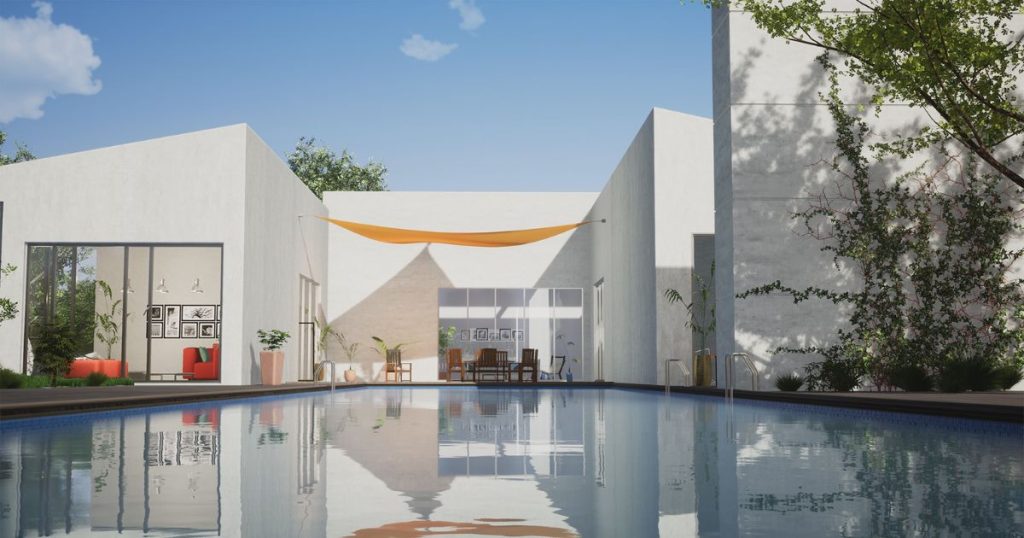
Interactive and gaming graphics are the most common products of real-time techniques in 3D rendering. Those images are processed from 3D data at high speed. It ensures that images are processed quickly enough for a video game to move at 60 or more frames per second.
Real-time rendering software can create a realistic image with natural shadows in minutes using a high-quality render.
Rasterization
Rasterization has been known as the classic 3D rendering technique as it developed in the first period of creating 3D images. This technique produces 3D models of the items on the screen by building them from a mesh of virtual triangles.
The corners of each triangle, or vertices, in this virtual mesh interact with the vertices of various sizes and forms of other triangles. You can produce the item’s shape by y compiling the specific information that each vertex offers. The final image is then displayed when the computer turns the triangles of the 3D models into pixels on the 2D screen.
Ray casting
Ray casting is a useful technique to detect surfaces. A 3D render is created when rays are directed onto a model from the camera’s viewpoint, which usually has a 60-degree field of vision. Following the rays from the camera’s perspective converts the data into a 3D projection. With this quick approach, the rendering artist may quickly and accurately place light sources in a 3D scene.
The rays are cast and traced in groups using the data and geometrical features. When using ray casting, an item’s color and brightness at the junction point determine one pixel’s value in the final image. This makes the texture, color, and light appear as realistic as possible. This is what creates the most realistic-looking texture, color, and light.
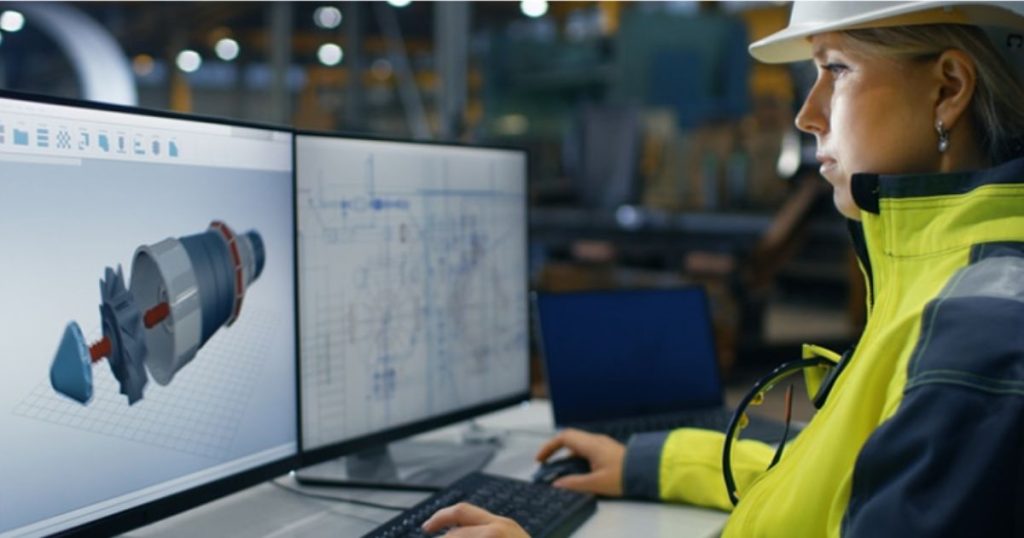
Ray tracing
This technique creates an image by tracing light rays from a camera across a fictitious plane of pixels and simulating the results of its contacts with objects. You must trace different rays to generate the effects.
This technique is widely applied to produce a photorealistic image. The time it takes to render a picture can increase if you have to calculate many lights and objects in the scene. A scene’s reflections, refractions, and translucencies must all be taken into account, as well as more intricate components like displacement, sub-surface scattering, and instancing.
Resolution optimization
The resolution of a 3D rendering image will be based on how many pixels you utilize to make it. The final image will be sharper and clearer if there are denser pixels or more pixels per inch.
Perspective projection
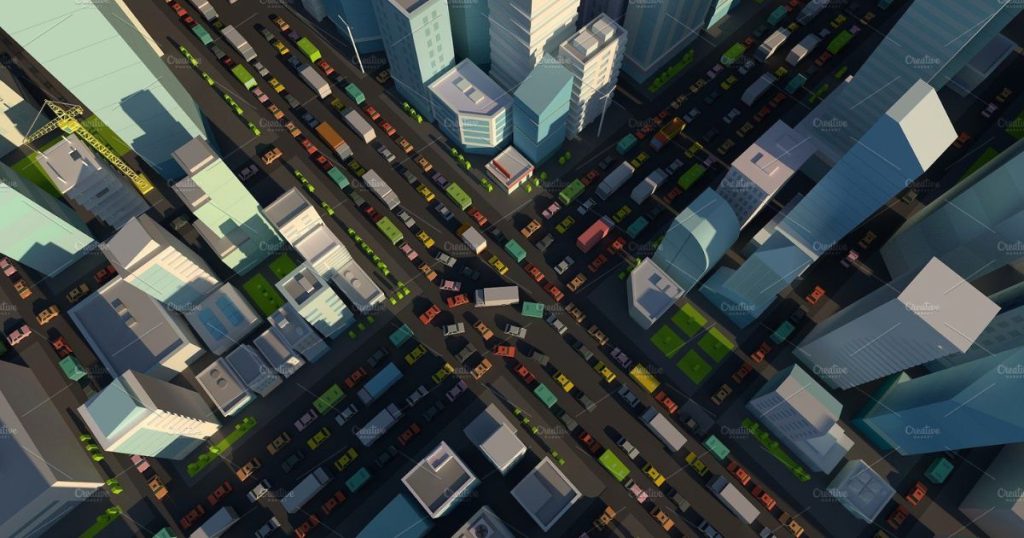
Faraway objects are distorted by perspective projection to look smaller than nearby ones. When placing items into a scene, rendering software multiplies a “dilation constant” to arrange them following the desired size.
5 common applications of 3D rendering
The 3D rendering model is now widely applied in many industries thanks to its benefits.
Design and Architecture
You can easily find rendered art in design and architecture. Before a project formally enters the design process, architects can employ 3D render architecture to highlight the structures’ significant effects, strengths, and weaknesses.
Real Estate
3D rendering can be used in real estate to create virtual tours of houses up for sale. Real estate brokers and developers may sell homes more quickly thanks to high-quality renderings. And potential purchasers can view more information about a home immediately.
Marketing and advertising
Digital marketing campaigns and advertisements using 3D rendering models give the most accurate representation of the product. Additionally, you can utilize prototype models for new products on websites and social media.
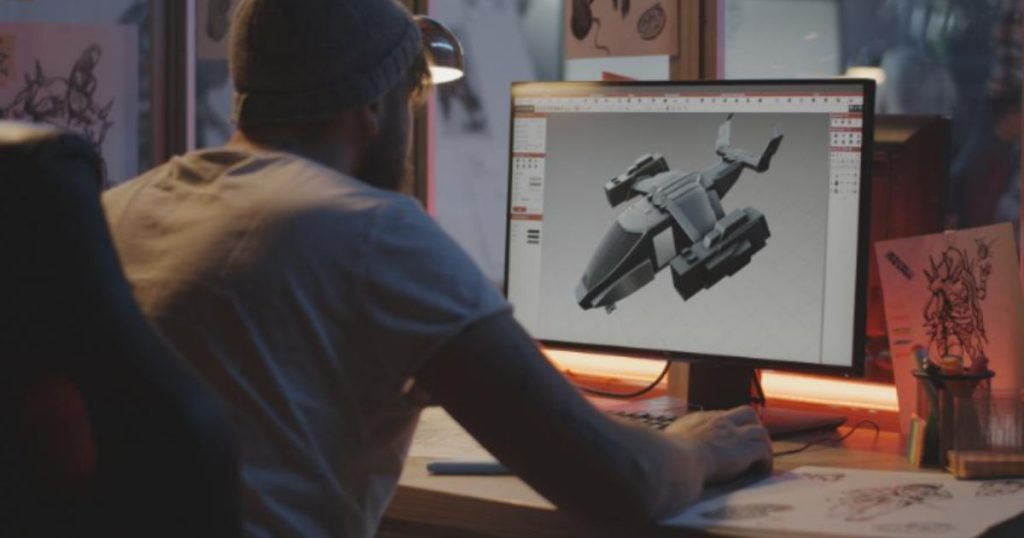
Entertainment
Engaging cartoons and movies are now frequently made using 3D animation.
Video games
The introduction of 3D render drawing technology has made it feasible for virtual worlds used in the game industry to resemble as closely as possible the actual world.
Best 3D rendering software
There are many 3D rendering software in the market. Still, we can list the top 3 as follows:
3DS Max
This 3D rendering software is used widely by designers, civic engineers, architects, and visualization specialists for 3D modeling, design, and rendering. Users are given access to powerful modeling tools, simple texturing and shading tools, and shading tools, enabling designers to complete artistic control and produce professional renderings.
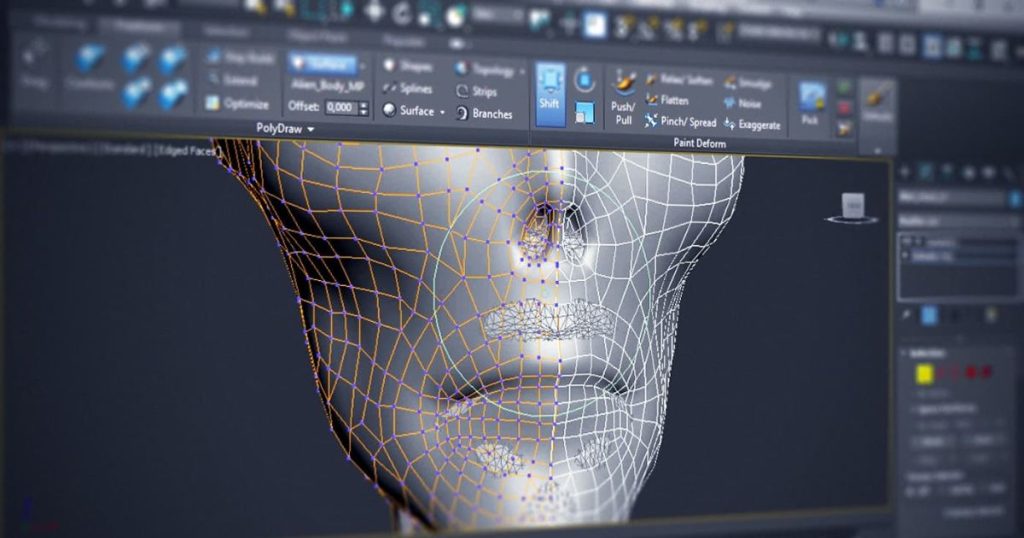
Pros
- Provide integration with other 3rd party rendering engines
- The layout is straightforward.
- The pipeline is helpful for you to transfer the file to other rendering software
Cons
- It is pretty difficult for you to start learning with this software. You will need a tutorial
Blender.
Besides 3D modeling, you can also do 3D rendering with Blender. Users may also make top-notch games, edit videos, and experiment with motion tracking using this 3D production toolkit.
Pros
- The toolkit allows users to build and design almost anything
- Easy to learn
- The software is free to download. You just need to pay some cost when you want to have some more add-ons
Cons
- The changed interface may make you confused
Unity
Unity is a 3D rendering tool geared toward game production, producing both 3D and 2D video games, models, designs, and experiences. It is utilized by the automobile, architectural, and games industries.

Pros
- Provide several features and capabilities for game development
- Offer direct connection with Unity’s asset stores. You will spend less time looking for resources that can be used for your project and will have more time during development because it is much simpler to discover and use third-party content.
Cons
- The Unity logo is a watermark on the splash screen of games created with the free license.
- Unity’s user interface is not very appealing and does not permit linking to external libraries.
You may also be interested in: best 3d rendering software
FAQs
How much does 3D rendering cost?
Depending on how you want to utilize it, 3D rendering costs vary. If you do it by yourself, the cost will depend on the software cost. However, the price of 3D rendering is now considerably lower than it was even ten years ago, thanks to the availability of modern software solutions.
If you hire a rendering service outside, basic product rendering costs might range from $50 to $550. The prices for product rendering, however, might vary from $500 to $5,000 if your product design is more sophisticated and intricate.
Read more: how much does 3d rendering cost?
How long does a 3D rendering take?
The average time to render a 3D model depends on the context, the computer graphics program, and your starting point. It can be a few weeks to a few months, depending on the scale of your project.
What is the difference between rendering and 3D modeling?
While 3D modeling is the process of building a 3D object, 3D rendering is the process of producing realistic 2D images from the 3D object.
The 3D modeling stage is essentially artistic because it entails sculpting the design and choosing the overall composition, which calls for imagination and attention to detail. On the other hand, the 3D rendering stage is more technical and demands a thorough understanding of lighting, colors, and materials to create a realistic image.
Is 3D rendering easy to learn?
It is not easy to understand 3D rendering if you don’t spend enough time and effort. Rendering is considered the most complex and time-consuming step in the 3D production process. Before any 3D objects are exhibited in the most realistic manner possible, rendering artists must accurately reproduce everything that human eyes can and will see in the actual world. Besides, you also need to imitate what the human senses can see. It involves manipulating digital data in polygons and vertices, mathematical representations of surfaces and points, to produce a realistic 3D environment on a computer screen.
What is render scale?
In simple terms, rendering scale means rendering the game world at a lower resolution than the monitor’s actual resolution. For example, if you set your render scale to 50% and your computer runs on 1080p resolution, the application will only display 540p. It significantly influences a game’s graphics.
See more: what is render scale?
Conclusion
In general, what is 3D rendering? It is necessary to generate a 2D image from a 3D model. The 3D-rendered idea is widely applied in many industries to make everything simpler and provide better visual communication. The process is complex, but many software in the market can support you. If you want a perfect 3D product rendering, it is time to choose contact us today.
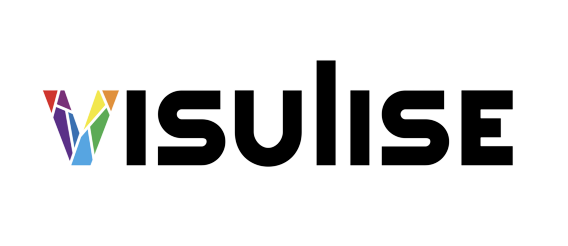
Related Posts: